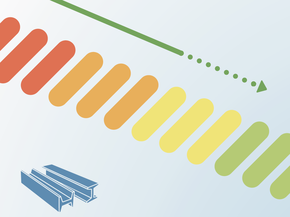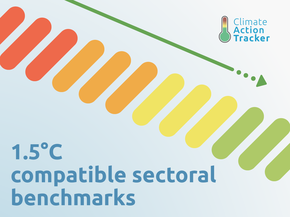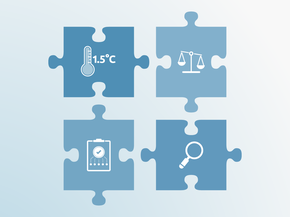Pledges And Targets
Summary table

Pledges and targets
NDC update: In December 2020, Nepal submitted a second NDC. Our analysis of its new target is here.
In its NDC, submitted in 2016, Nepal published plans to build resilience to climate change impacts as well as to reduce GHG emissions. Nepal has given central importance to climate change adaptation in its development plans and policies. To implement these, the country plans to rely mostly on technical and financial support. Although Nepal has shown its intent to reduce GHG emissions, it has not outlined an economy-wide GHG reduction target in its NDC. Some of the main mitigation elements in its NDC are (Government of Nepal, 2016):
- To reach an 80% share of electricity from renewable sources by 2050
- To reduce dependency on fossil fuels by 50%
- To expand its energy mix focusing on renewables by 20% by 2020
- To increase the share of electric vehicles to 20% by 2020
- To decrease by 50% its dependency on fossils in transport sector by 2050
- To maintain 40% of the total area of the country under forest cover
- To reduce about 14 million tonnes of CO2e by 2020 with a sub-national project on REDD+ to address deforestation and forest degradation
- To deploy renewables under the National Rural Renewable Energy Program (NRREP) to reduce dependency on biomass
- To build an electrical (hydro-powered) rail network by 2040
The NGO Clean Energy Nepal recently published a paper that evaluates the progress in the implementation of Nepal's NDC. The analysis highlights "significant gaps between targets and progresses" and concludes that much is still to be done (CEN, 2020; Uprety, 2020) (see Current policies section for detailed implementation status in sectoral targets). Nepal is currently preparing an updated NDC for submission to the UNFCCC in 2020 (Government of Nepal, 2020). Reports of the process say the new NDC is likely to include targets for 2025 and 2030 and four components: i) activity-based targets; ii) emission reduction targets for sectors where enough data is available; iii) mitigation actions on renewable energy, electric transport and cooking, and waste to energy; and iv) the adaptation component in line with the National Adaptation Plan process (Uprety, 2020). We encourage Nepal to provide more clarity on its climate change targets in its next NDC, including a clear economy-wide emissions reduction target for 2030.
Further analysis
Latest publications
Stay informed
Subscribe to our newsletter





